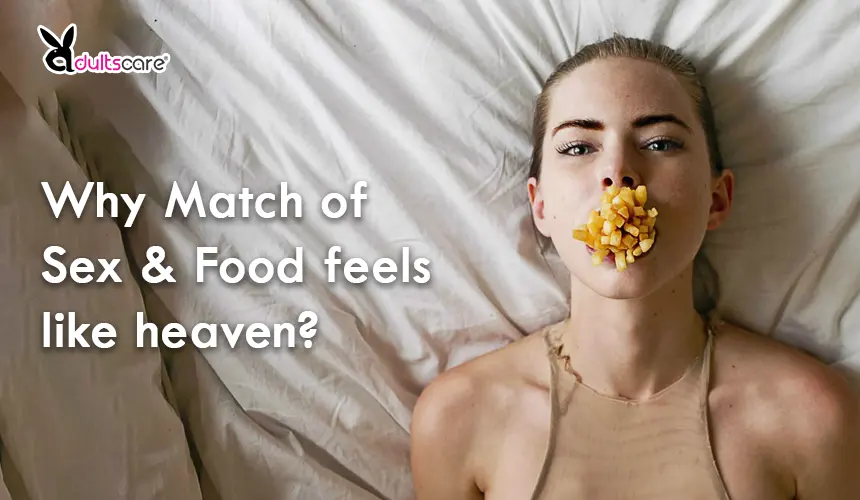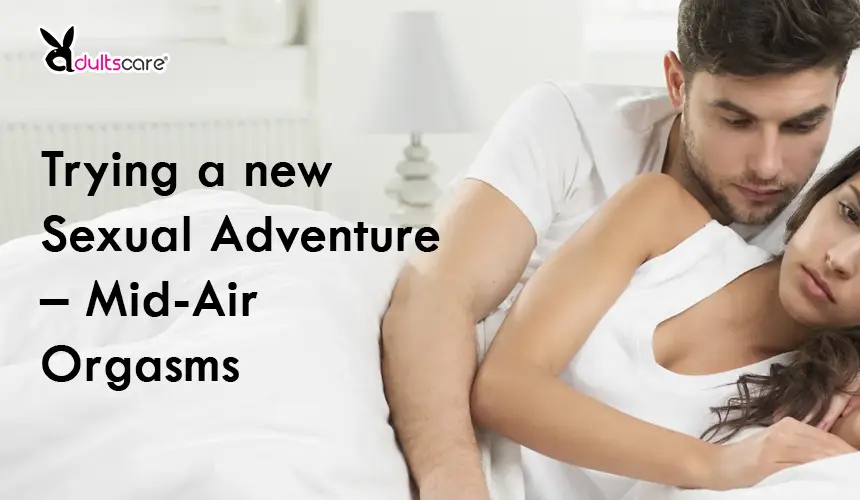The Human Algorithm: Can Compassion Survive in a Click-Driven World?
The internet was supposed to connect us. Instead, it’s begun to reprogram the way we relate — not just to each other, but to empathy itself. Every scroll, every like, every viral outrage trains the “human algorithm” inside us: the part of the brain that decides who deserves our attention, care, or compassion. And lately, it’s starting to lag under the load.
The Attention Economy’s Hidden Toll
Our social platforms run on engagement metrics — dopamine by design. The content that spreads isn’t necessarily what’s true or kind; it’s what’s clickable. Outrage, shock, and glamour outperform nuance every time.
The result is a kind of empathy distortion. We’re flooded with emotion-provoking stories, but our compassion has no place to land. Neuroscientists at Yale found that overexposure to emotionally charged media triggers stress responses similar to threat perception — the same circuitry that fires in fear or anger.
The more content we consume, the more emotionally desensitized we can become.
Compassion Fatigue in the Digital Age
Psychologists call it compassion fatigue — the burnout that happens when constant exposure to others’ emotions leaves us numb. The digital version is subtler: we scroll past suffering, joy, and vulnerability at lightning speed.
Every story demands empathy; our brains quietly ration it.
In the offline world, compassion is relational — we act on it. Online, it’s reactive — we acknowledge, emote, then move on. This cycle can leave us feeling emotionally busy but spiritually empty.
Why People Are Flocking to Smaller, More Personal Communities
As public social media becomes noisier and less intimate, users are migrating toward smaller, closed-loop ecosystems — platforms built around specific creators or interests.
Communities like OnlyFans, Patreon, Substack, and Buy Me a Coffee represent this shift. They strip away the algorithmic chaos and replace it with direct human exchange: subscribers choose who to support, creators interact with followers directly, and everyone knows why they’re there.
This isn’t just about content — it’s about clarity. In a world of infinite noise, people crave predictable, trustworthy connections.
The growing popularity of subscription-based communities shows that audiences want intentional engagement rather than the random hit of the social feed. They prefer to follow creators who reflect their interests, values, or lifestyle — whether that’s a personal trainer, an artist, a chef, or an entertainer.
When you know exactly the type of creator you’re looking for — and use discovery tools or curated databases to filter and find them consciously — your time online stops feeling wasted. It becomes purposeful. You trade endless scrolling for selective connection. That shift matters not just for productivity, but for mental health.
Mindless Scrolling vs. Mindful Connection
The human brain loves novelty, but it thrives on meaning. Unstructured scrolling feeds novelty; intentional discovery feeds reward.
When we scroll aimlessly, our attention fragments and our emotional energy drains. But when we engage with content that aligns with our curiosity or purpose, dopamine spikes are followed by satisfaction, not guilt.
Neuroscience calls this “directed attention” — the ability to focus on chosen stimuli instead of reacting to every ping. It’s what separates mindful consumption from digital fatigue.
Choosing Your Digital Circles Wisely
Healthy connection online starts with knowing who you’re letting into your attention span. Before following or subscribing to anyone, ask three questions:
- Does this creator or community reflect my values or interests?
- Is the interaction respectful and mutually beneficial?
- Does this engagement leave me informed or inspired rather than drained?
That level of intentionality is what makes membership-based creator communities so appealing. Whether it’s a cooking instructor, musician, or wellness coach, these smaller spaces are built around shared purpose, not algorithms. They offer transparency—you choose exactly who to support and why—reducing the guesswork and emotional clutter that come with open social networks.
Selecting creators whose content aligns with your goals transforms online time from distraction into enrichment. It’s not about joining every platform; it’s about curating your digital relationships with the same care you give your real-world ones. Amid this shifting landscape, resources like OnlyGuider.com have emerged as valuable touchpoints for those seeking clarity and connection in the digital age.
Re-Engineering the Human Algorithm
If algorithms are designed to maximise clicks, the only countermeasure is to design your own. That means:
- Be selective with what you follow — treat your feed like a diet, not a buffet.
- Support intentional creators who add value or perspective.
- Use curation tools to locate creators who educate, uplift, or challenge you — not just entertain you.
- Limit passive time and increase interactive time (comments, communities, learning).
The goal isn’t to disengage; it’s to re-engage with discernment.
The Future of Digital Compassion
Empathy doesn’t vanish online — it just needs structure. Small creator communities and intentional digital spaces are proof that the internet can still nurture connection, creativity, and care.
But compassion in the digital age depends on awareness. Every time we pause before reacting, every time we choose quality over quantity, we train the human algorithm to value depth over dopamine.
If we learn to filter the noise and focus on creators who remind us of our shared humanity, compassion will survive — not despite technology, but because we finally learned to use it wisely.





